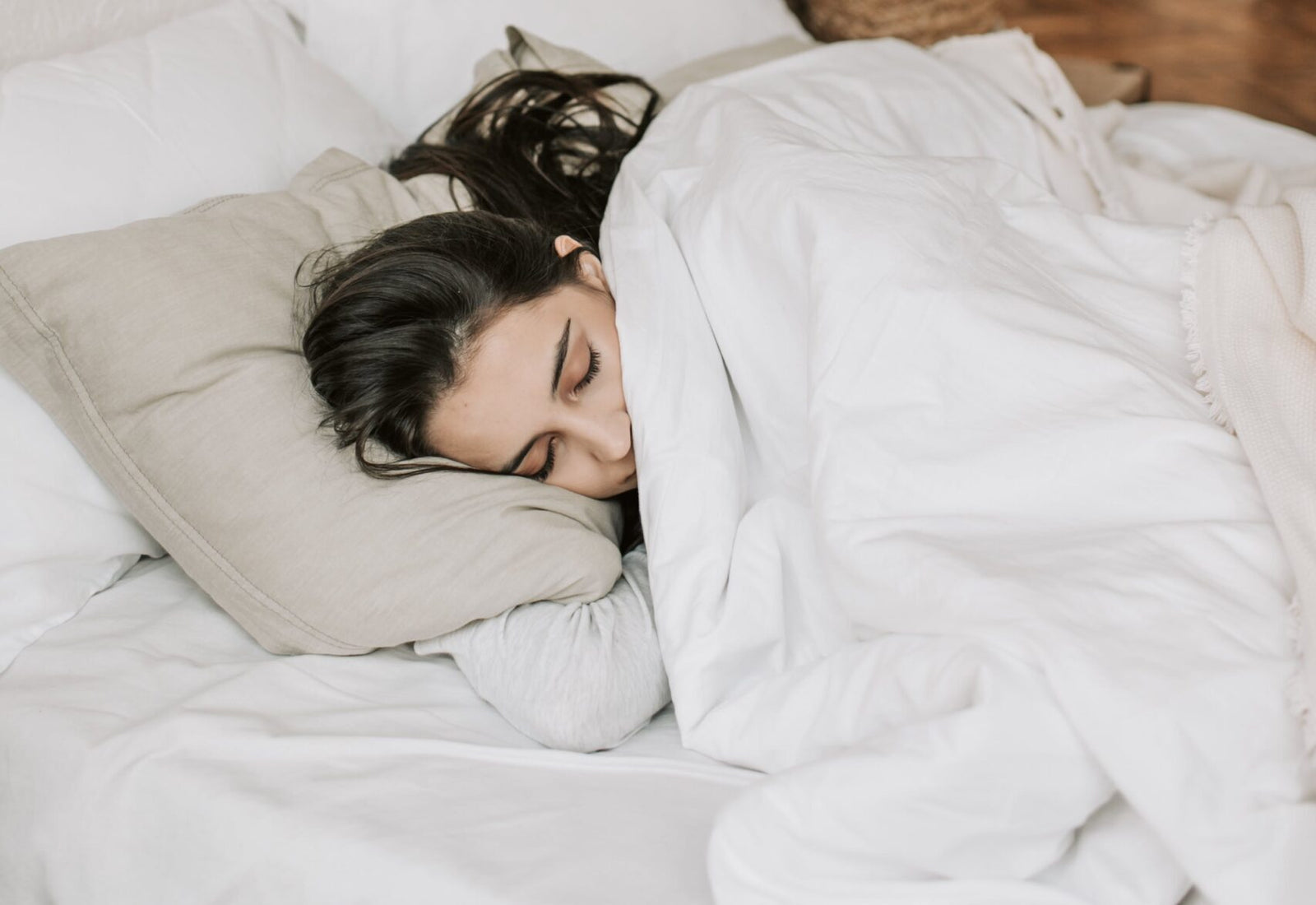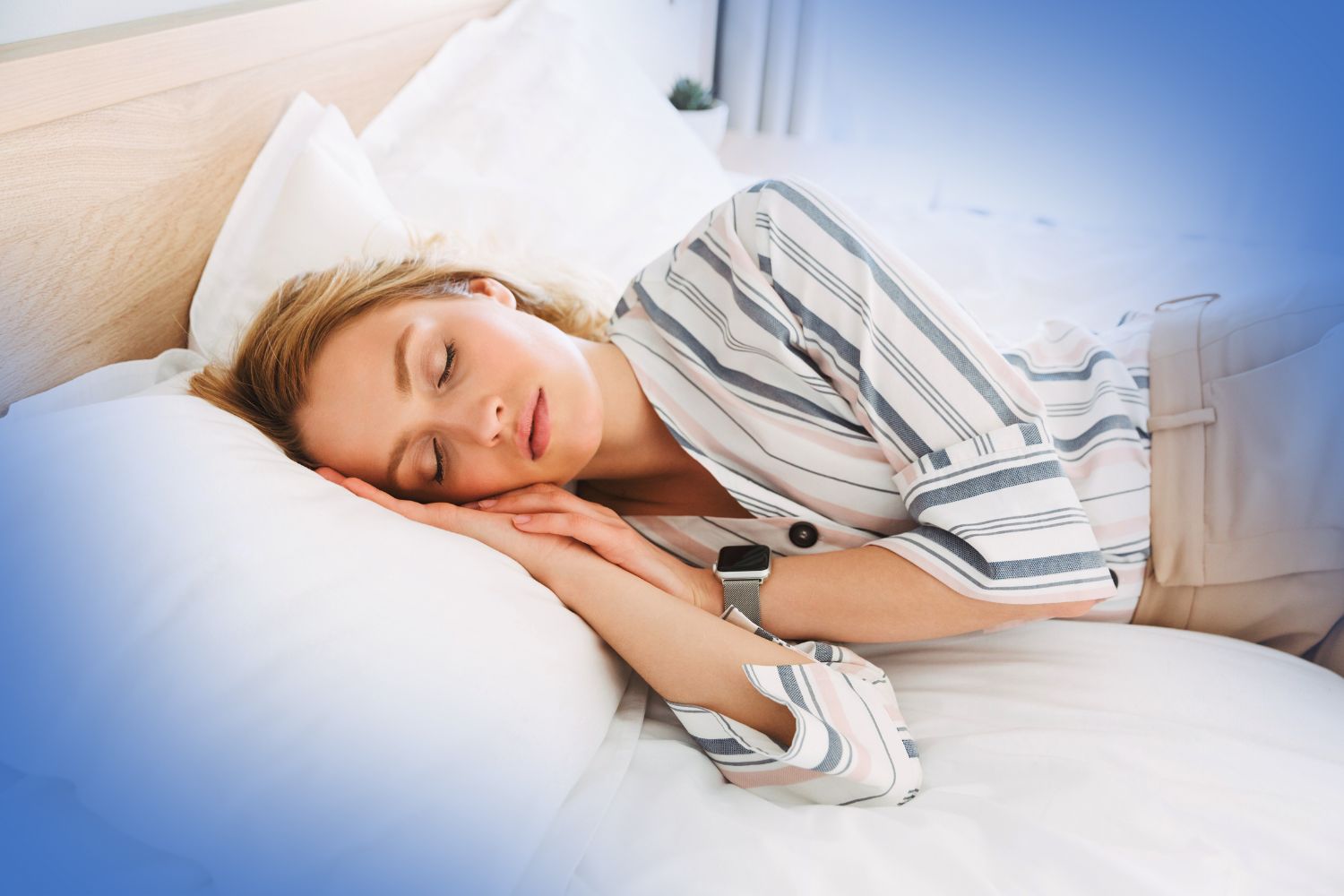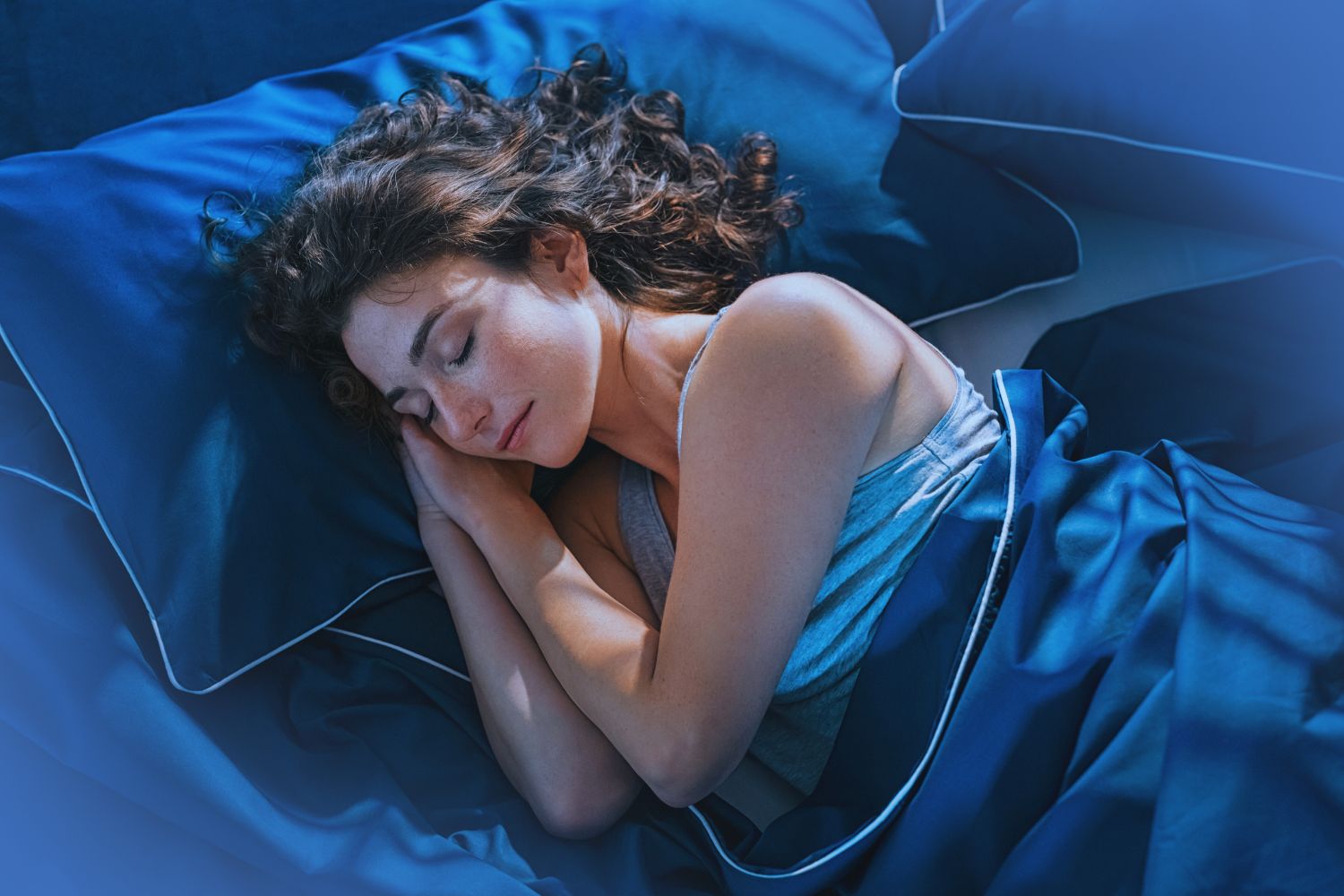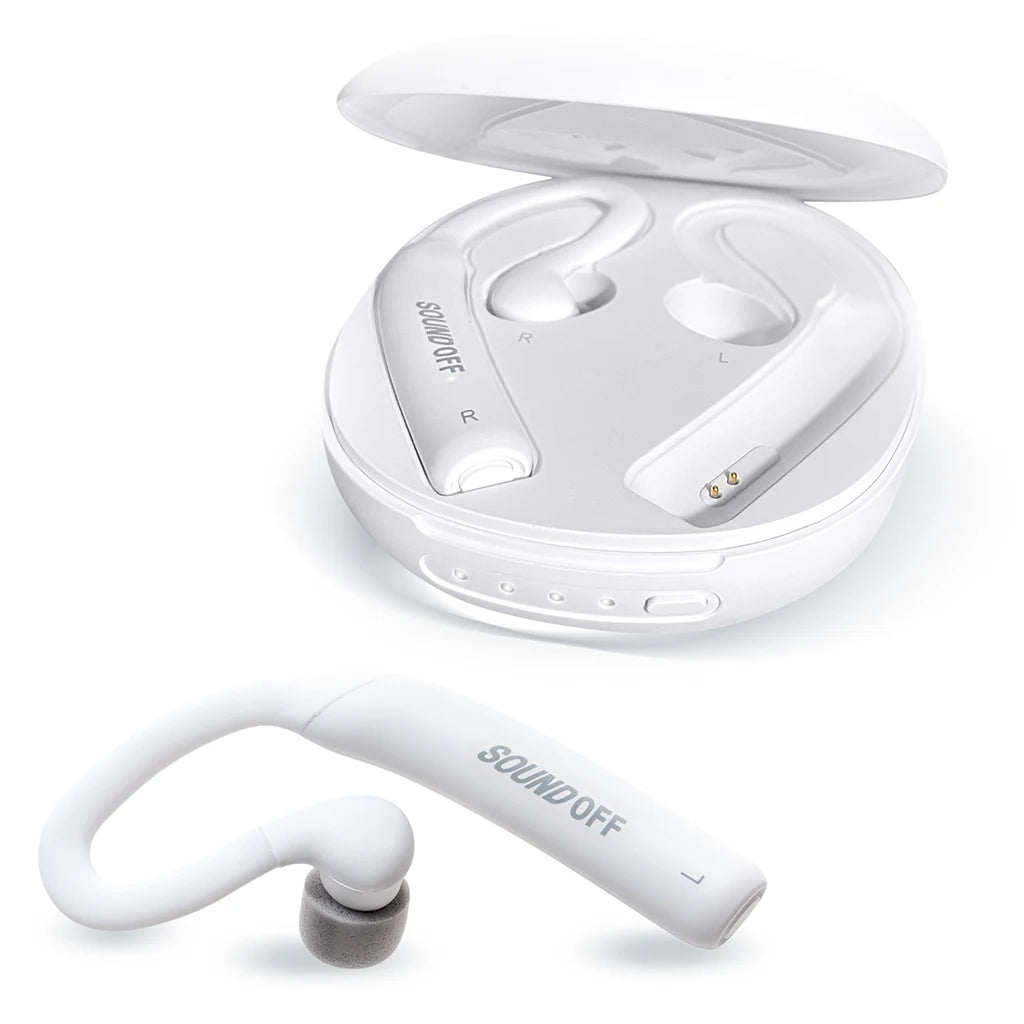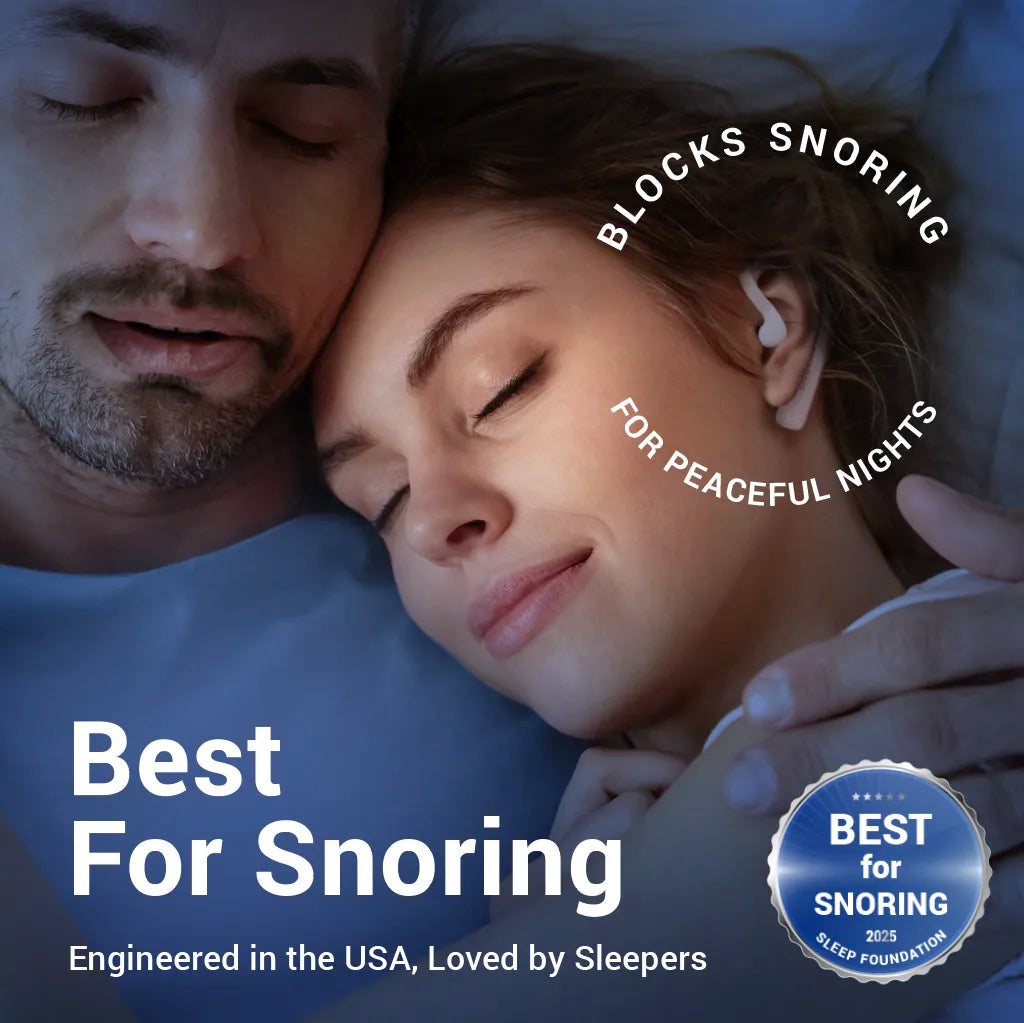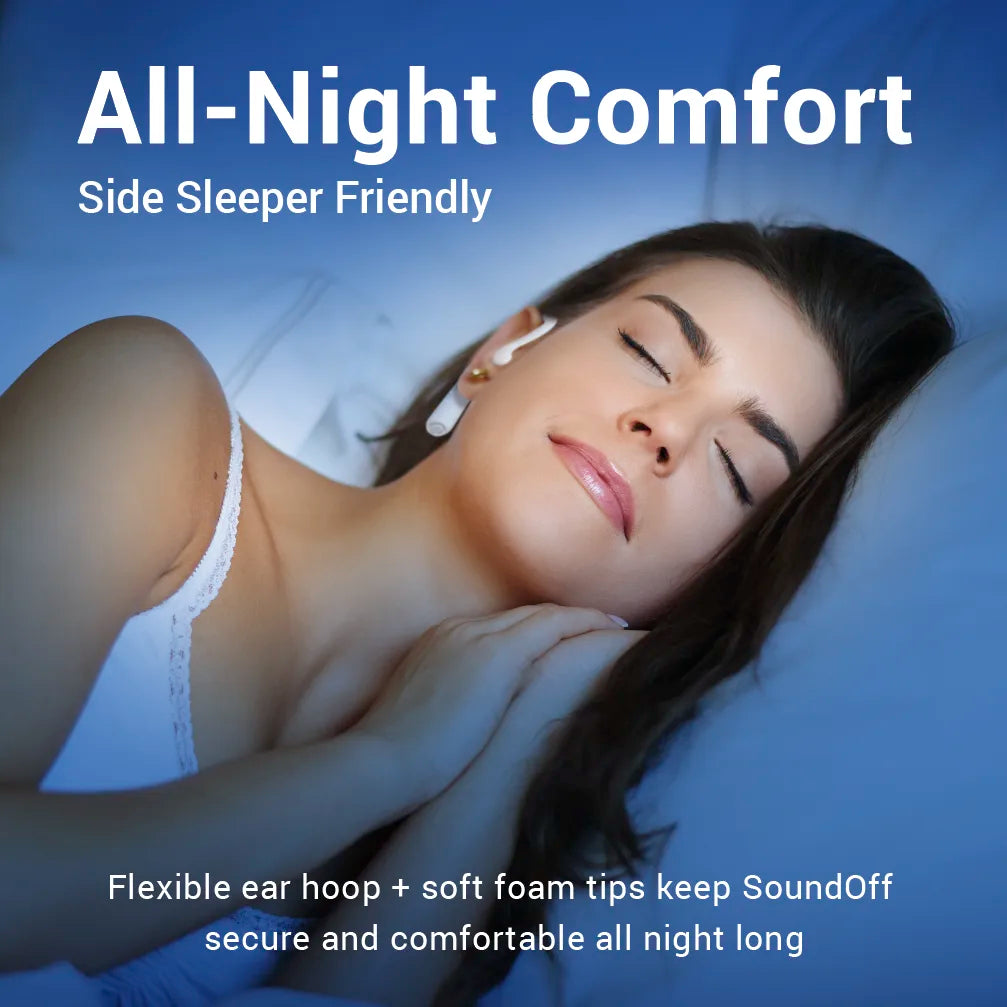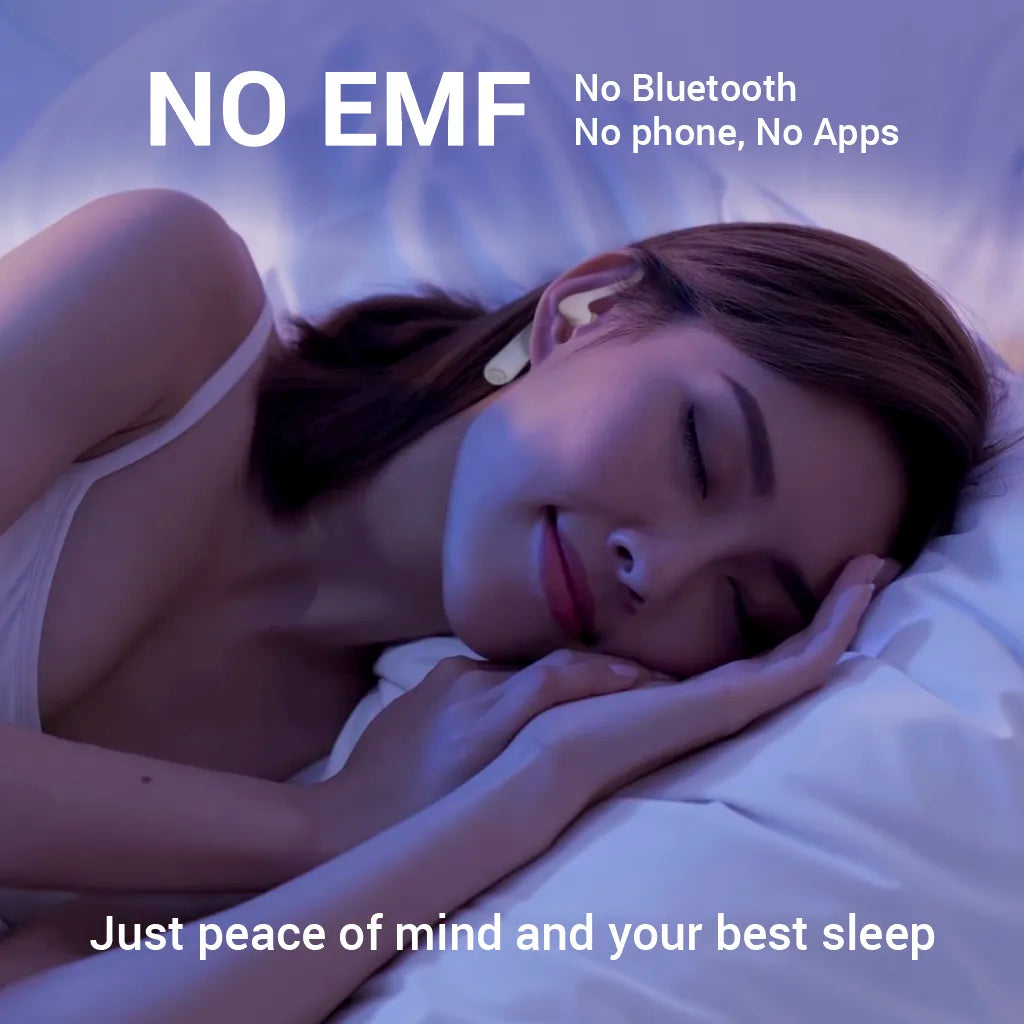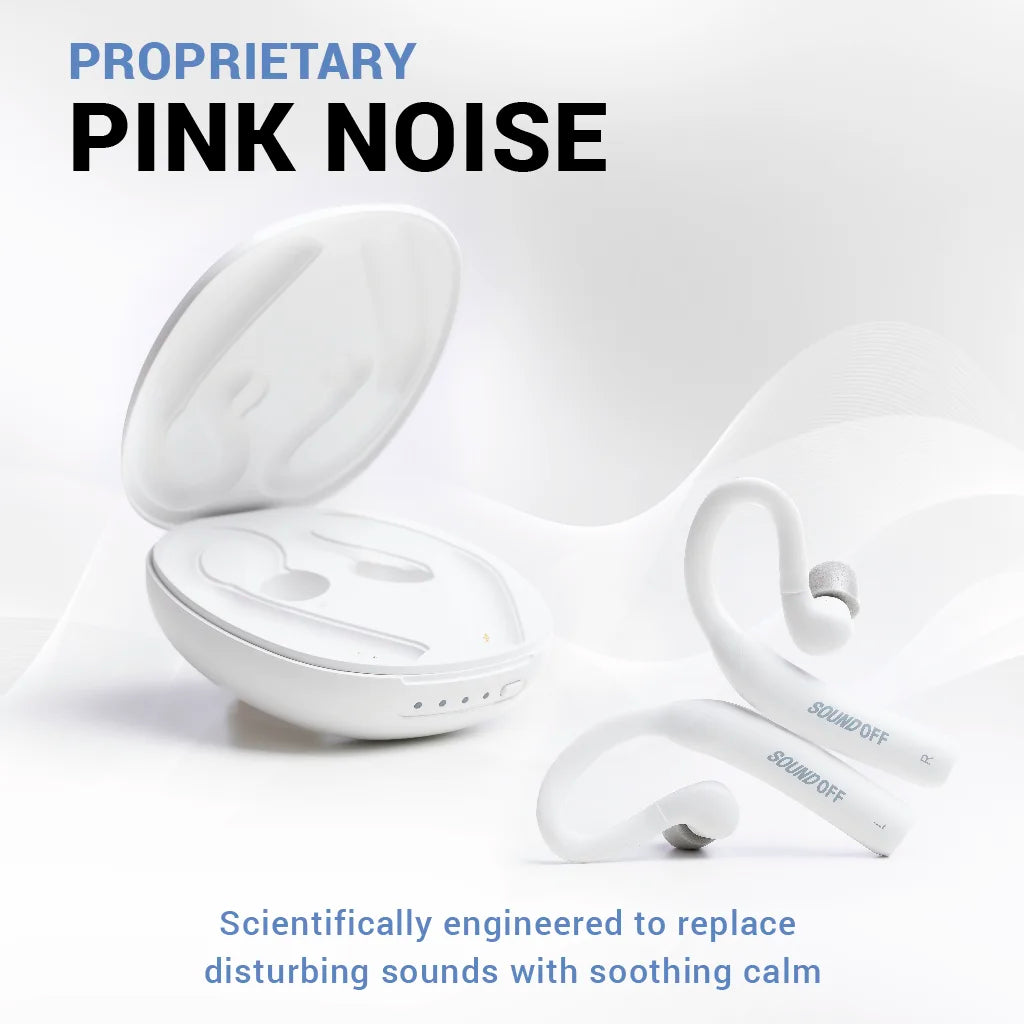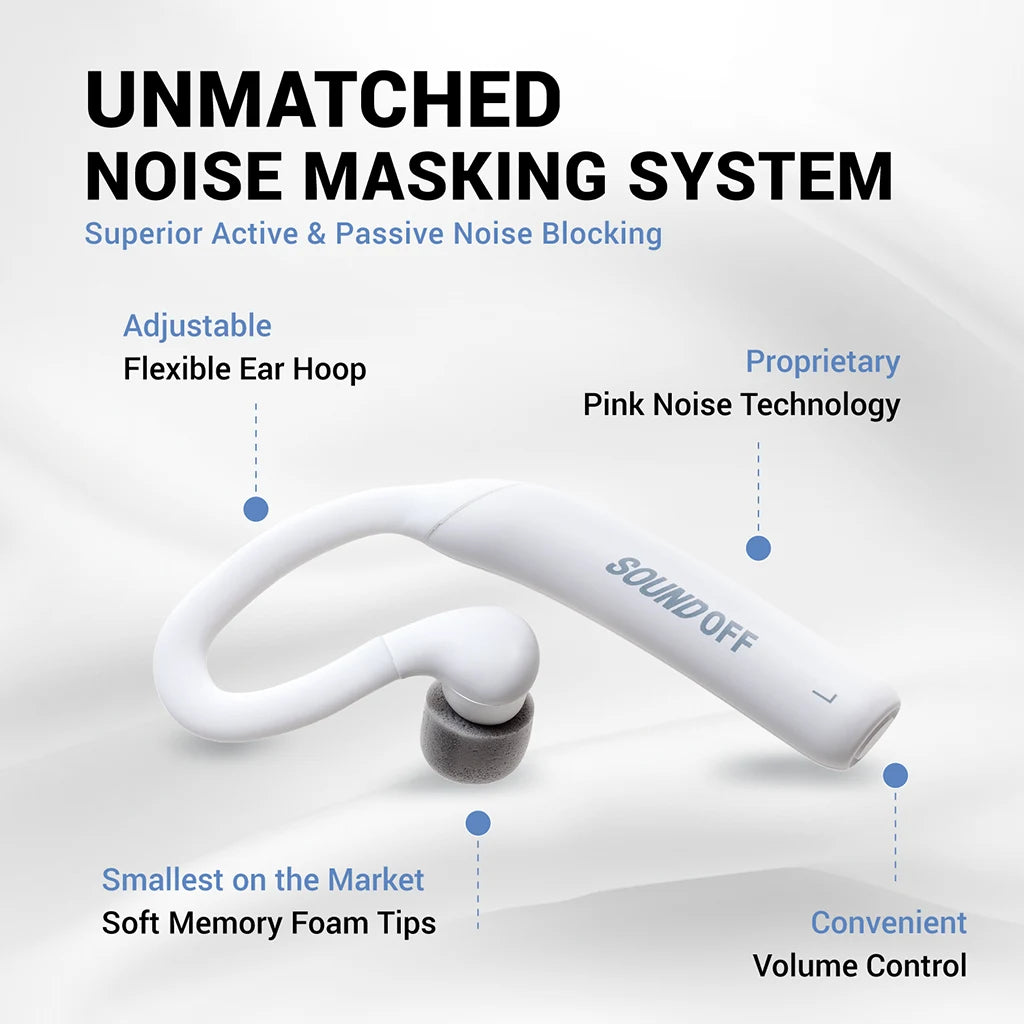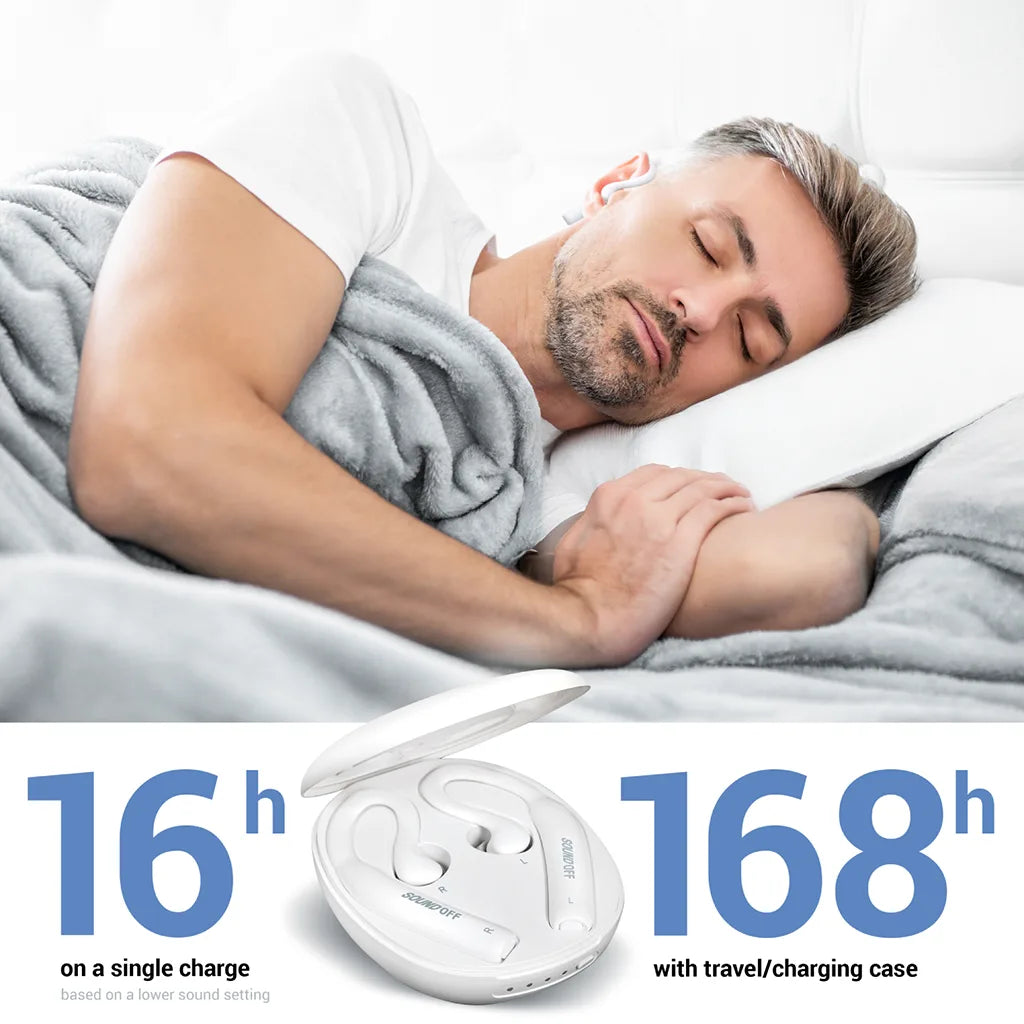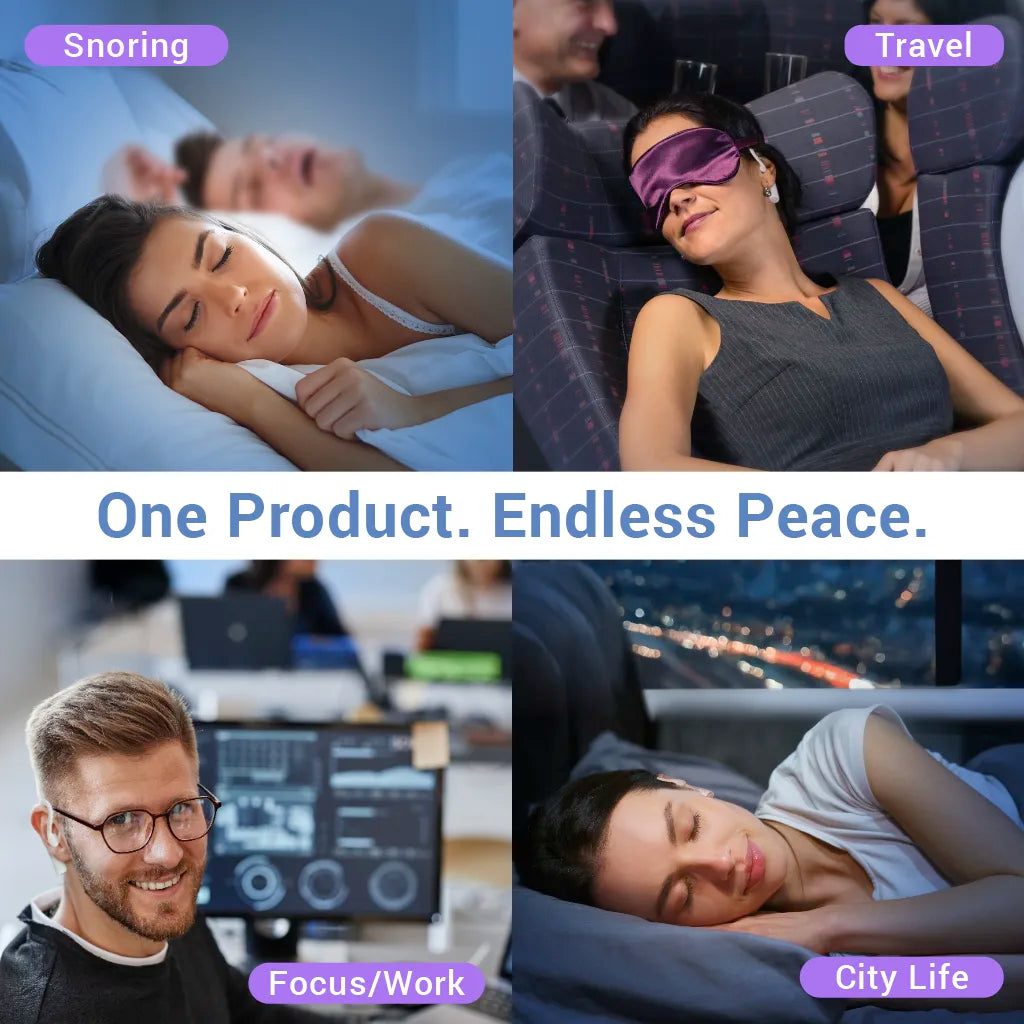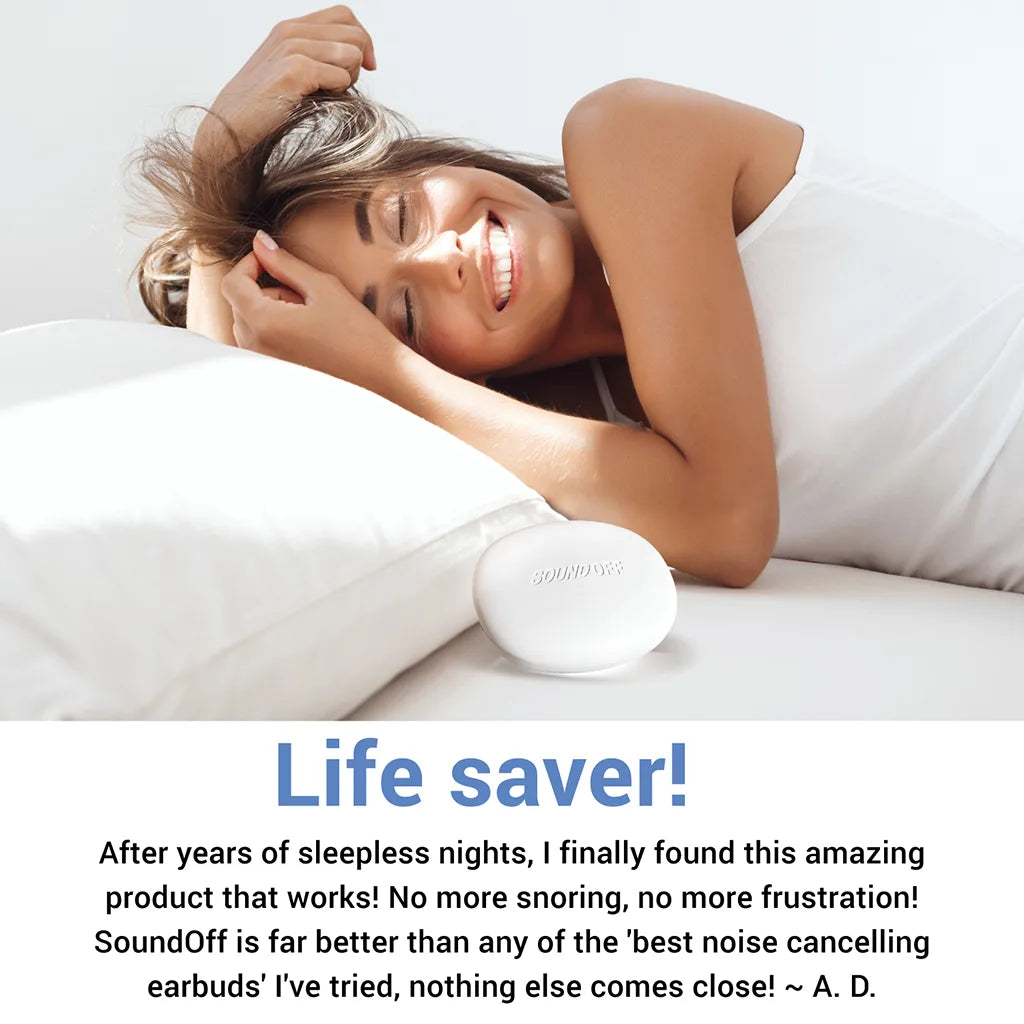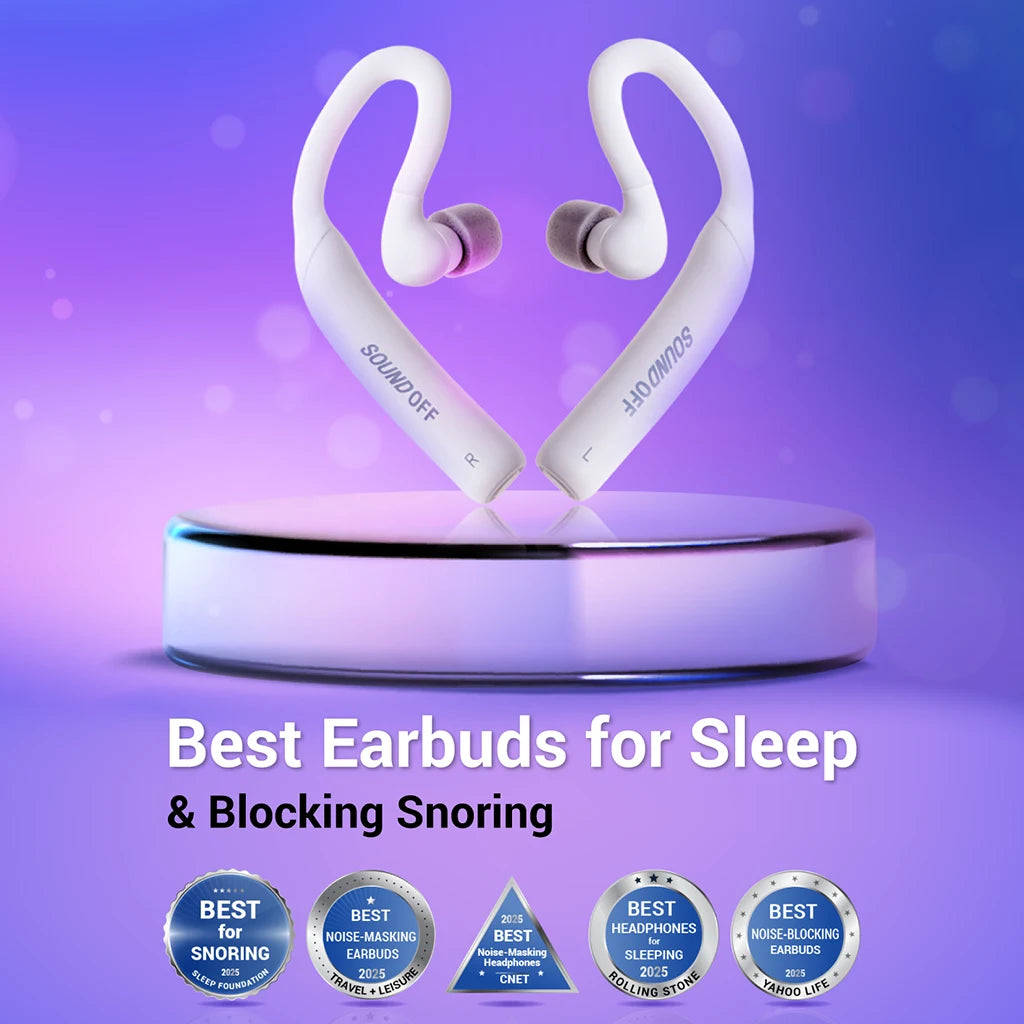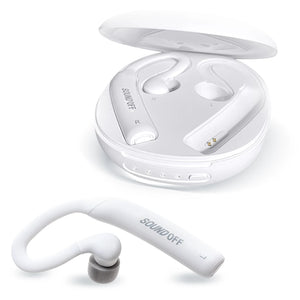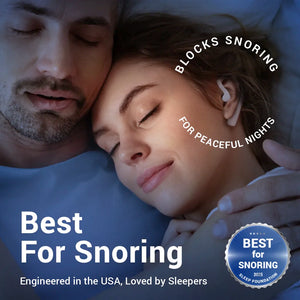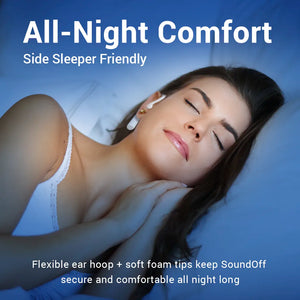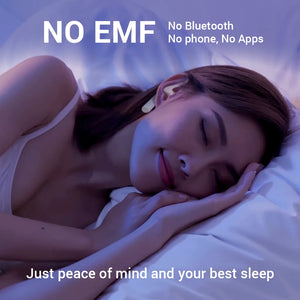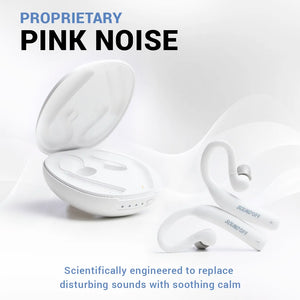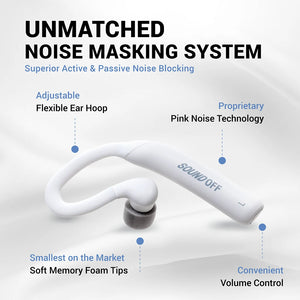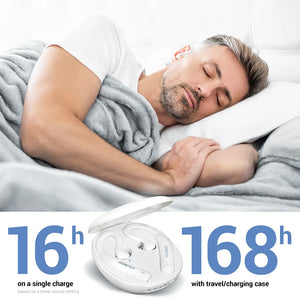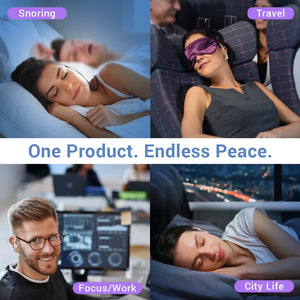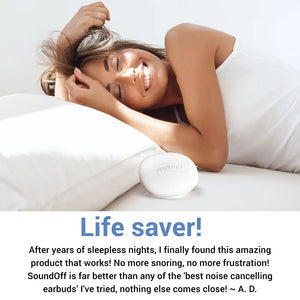
Table of Contents
- Fall Asleep in 10 Seconds
- Fall Asleep in 1 Minute
- Fall Asleep in 2 Minutes
- “How to Fall Asleep Fast” Review Tips
- How to Fall Asleep Fast FAQ
Intro:
Struggling to fall asleep quickly? You're certainly not alone. In fact, one-third of Americans battle with sleep deprivation, and the solution often lies in mastering how to fall asleep fast. Achieving the recommended 7 hours of sleep is crucial for your health, but it's not always easy.
Poor sleep can lead to a host of problems, including constant fatigue, restlessness, irritability, decreased performance, and even an increased risk of serious health issues like heart disease and diabetes. Often, the harder you try to sleep, the more elusive it becomes, creating a cycle of anxiety that keeps you awake.
To combat this, focus on three key areas: your sleep hygiene, your bedroom environment, and your daily activities. Proper sleep hygiene involves habits that promote better sleep, such as maintaining a consistent sleep schedule and avoiding caffeine before bedtime. Your bedroom environment should be a sanctuary for sleep—think comfortable bedding and a quiet, dark atmosphere. And don't overlook the impact of your daytime activities; regular exercise and avoiding long naps can significantly improve your sleep quality.
If you've ticked all these boxes but still find yourself staring at the ceiling, consider trying relaxation techniques like deep breathing or visualizing a peaceful scene. These methods can help calm your mind, making it easier for your body to follow suit into a restful sleep.
Remember, a good night's sleep is within reach. By following these tips on how to fall asleep fast, you can break the cycle of sleeplessness and wake up feeling refreshed and rejuvenated.
Fall Asleep in 10 seconds
Looking to fall asleep fast, perhaps even in as little as 10 seconds? You might not need a prescription medicine, just the right technique. The military method, popularized by writer Sharon Ackman and derived from Lloyd Bud Winter's 1981 book "Relax and Win: Championship Performance," offers a promising solution.
Originally developed during World War II to help U.S. Navy airmen combat stress and sleep deprivation, this method reportedly enabled them to fall asleep in 120 seconds, even under extreme conditions. Though it requires about 6 weeks of practice, it boasted a 96% success rate among pilots.
While scientific backing for this method is limited, the process involves a series of relaxation steps culminating in a 10-second effort to drift into sleep. Here's how you can try the military method to fall asleep fast:
- Start by relaxing your facial muscles, including those inside your mouth.
- Drop your shoulders to release tension, letting your hands fall naturally to your sides.
- Exhale slowly, allowing your chest to relax.
- Ease the muscles in your legs, thighs, and calves.
- Clear your mind for 10 seconds, envisioning a serene scene. If you find this challenging, silently repeat "don't think" for 10 seconds.
The final 10 seconds of this process are crucial for transitioning into sleep. However, if you're not successful, it may be necessary to focus more on breathing and muscle relaxation techniques. It's also worth noting that certain conditions, like ADHD or anxiety, might affect the effectiveness of the military method in helping you fall asleep fast. But with patience and practice, this technique could be your key to a swift and peaceful slumber.
Fall Asleep in 1 minute
In the search for effective insomnia treatments, recent studies suggest that methods such as slow breathing, sleep hygiene, and relaxation techniques may outperform some common pharmacological solutions. Here, we explore two methods aimed at calming your mind through focused breathing and muscle relaxation. These techniques may take up to two minutes to work, especially for beginners.
4-7-8 Breathing Method Developed by Dr. Andrew Weil, an expert in integrative medicine, the 4-7-8 breathing method draws inspiration from pranayama, a traditional yoga practice. Its effectiveness can increase with regular practice. However, individuals with respiratory conditions like asthma or COPD should consult a doctor before trying this technique.
How to Perform the 4-7-8 Breathing Cycle:
- Position your tongue against the roof of your mouth, just behind your front teeth. Keep it there throughout the exercise.
- Exhale completely through your mouth, making a whoosh sound.
- Close your lips and silently inhale through your nose to a count of 4.
- Hold your breath for 7 seconds.
- Exhale with a whoosh sound for 8 seconds.
- Repeat this cycle four times or until you start feeling relaxed.
Progressive Muscle Relaxation (PMR) PMR, also known as deep muscle relaxation, encourages a state of tranquility by tensing and then relaxing muscle groups. This method can be particularly effective when combined with the 4-7-8 breathing technique.
Progressive Muscle Relaxation Script:
- Raise your eyebrows for 5 seconds, tightening your forehead muscles. Relax them and feel the tension drop. Wait for 10 seconds.
- Smile widely to create tension in your cheeks. Hold for 5 seconds, then relax. Pause for 10 seconds.
- Squint with closed eyes for 5 seconds. Relax. Pause for 10 seconds.
- Tilt your head back slightly, gazing at the ceiling. Hold for 5 seconds, then relax as your neck sinks into the pillow. Pause for 10 seconds.
- Continue this pattern down your body, from triceps to chest, thighs to feet.
- Allow yourself to fall asleep at any point, even if you haven't completed the entire sequence.
Focus on the sensation of relaxation and the heaviness of your body in this state. This mindfulness aspect is crucial, as it shifts your attention away from stressful thoughts and towards physical relaxation.
Both the 4-7-8 breathing method and PMR are powerful tools in your arsenal against insomnia. Regular practice can not only help you fall asleep faster but also improve the quality of your sleep, leading to better health and well-being. Remember, the key to success with these techniques is consistency and patience.

Fall Asleep in 2 minutes
If you're struggling to find effective methods to fall asleep fast and the usual techniques aren't working, consider exploring these alternative approaches. Each offers a unique way to ease into sleep, potentially making a significant difference in your bedtime routine.
1. Paradoxical Intention (Tell Yourself to Stay Awake):
For those suffering from insomnia, the effort to fall asleep can ironically keep you awake. A 2021 study suggests that paradoxical intention (PI), a method where you try to stay awake instead of forcing sleep, can reduce sleep performance anxiety and increase the sense of restfulness. This technique involves remaining awake in bed without actively trying to fall asleep, thereby reducing the stress and effort associated with sleep.
2. Visualization of a Calm Place (Imagery Distraction):
A study from the University of Oxford in 2002 found that "imagery distraction" helps people fall asleep faster compared to other methods. Rather than counting sheep, engage your imagination. Picture a tranquil setting, like a waterfall, its rushing sounds, and the scent of the surrounding environment. This technique helps occupy your mind with peaceful images, steering it away from pre-sleep worries or concerns.
3. Acupressure for Sleep:
Acupressure might be an effective way to reduce the time it takes to fall asleep, improve sleep efficiency, and lengthen sleep duration, as suggested by a 2019 meta-analysis. Although research is limited, it's believed that certain acupressure points can be particularly beneficial. Here are three specific points to try:
- Spirit Gate: Locate the hollow space under your palm on the pinky side. Apply gentle pressure in a circular or up-and-down motion for 2-3 minutes, alternating between the left and right sides of the point.
- Inner Frontier Gate: Find the point three finger-widths down from your wrist crease, between the tendons. Use your thumb to apply steady downward pressure, massaging in a circular or up-and-down motion.
- Wind Pool: Interlock your fingers and open your palms to create a cup shape. Place your thumbs at the base of your skull, where your neck and head connect. Apply firm pressure with circular or up-and-down movements, focusing on relaxation with each exhale.
Each of these methods offers a unique approach to tackling insomnia and difficulties in falling asleep quickly. Whether it's through paradoxical intention, visualization, or acupressure, experimenting with these techniques can help you discover what works best for your sleep pattern. Remember, the key is consistency and patience as you explore these alternative sleep aids.
“How to Fall Asleep Fast” Review Tips:
Healthy Sleeping Habits and Environment:
- Establish a Routine: Consistency in your sleep schedule can significantly improve your sleep quality.
- Electronics: Turn off electronic devices well before bedtime to minimize blue light exposure, which can disrupt your sleep cycle.
- Sleeping Environment: Ensure your bedroom is comfortable, quiet, and dark. The right environment can significantly influence your ability to fall asleep.
Daytime Habits:
- Sunlight Exposure: Getting enough natural light during the day can help regulate your sleep-wake cycle.
- Physical Activity: Regular exercise can improve both the quality and duration of your sleep.
- Limit Caffeine Intake: Reducing caffeine, especially later in the day, can prevent it from affecting your sleep.
Relaxation and Visualization Methods:
- The Military Method: A technique involving muscle relaxation and mental imagery to induce sleep.
- 4-7-8 Breathing Method: A breathing pattern that promotes relaxation and can be particularly effective before sleep.
- Progressive Muscle Relaxation (PMR): Involves tensing and then relaxing different muscle groups to release stress.
- Paradoxical Intention: Staying awake deliberately in bed to reduce the anxiety associated with trying to fall asleep.
- Visualization: Imagining a calm and serene place to distract your mind from stress and anxiety.
- Acupressure: Specific points on the body are massaged to promote relaxation and sleep.
Common Sleep Challenges:
- Stress, Anxiety, or Depression: Mental health issues can significantly impact your ability to fall asleep.
- Poor Sleeping Environment: Factors like noise, light, or an uncomfortable bed can disrupt sleep.
- Lifestyle Factors: Excessive caffeine consumption, lack of exercise, or too much screen time can lead to sleep difficulties.
- Medication Side Effects: Some medications can interfere with sleep.
Exhaustion Without Sleep: Experiencing tiredness but being unable to fall asleep can be due to a disrupted circadian rhythm, daytime napping, stress, excessive screen time, high caffeine intake, or late eating.
Consider using SoundOff Sleep Earbuds to Fall Asleep Fast!

SoundOff Noise Masking Earbuds are designed to combat sleep disturbances using a unique approach. They employ pink noise, a soothing, even sound that filters out disruptive noises and relaxes the brain. This sound, reminiscent of natural sounds like rustling leaves or light rain, aids in faster sleep onset and improved sleep quality. The earbuds combine active noise masking, which delivers pink noise to the listener, and passive noise masking through memory foam tips that conform to the ear, blocking external sounds. Developed with psychoacoustic principles, SoundOff's proprietary pink noise is clinically proven to enhance sleep quality by promoting deeper, more stable sleep.
Takeaway: If you're having trouble falling asleep despite good sleep habits and environment, exploring different relaxation and visualization techniques might be beneficial. These methods focus on calming your mind and body, shifting attention away from external distractions or worries.
However, if sleep difficulties persist despite trying these strategies, it may be wise to consult a doctor. There could be underlying factors affecting your sleep that require professional attention. Remember, quality sleep is essential for overall health and well-being, so taking steps to improve your sleep practices is a valuable investment in your health.
How to Fall Asleep Fast FAQ:
-
What are the best practices for improving sleep hygiene to fall asleep quickly?
- This question addresses the importance of establishing a regular sleep schedule and creating a conducive sleep environment.
-
How does the bedroom environment affect the ability to fall asleep fast?
- This question explores the significance of having a comfortable, quiet, and dark bedroom for optimal sleep quality.
-
What daytime activities can influence the ease of falling asleep at night?
- This question focuses on the impact of sunlight exposure, physical activity, and caffeine intake on sleep patterns.
-
Can the military method help in falling asleep within 10 seconds?
- This question examines the effectiveness of the military method, including the steps involved and its success rate.
-
What is the 4-7-8 breathing method and how can it aid in quick sleep onset?
- This question delves into the specifics of the 4-7-8 breathing technique, its origin, and how it promotes relaxation.
-
How does progressive muscle relaxation (PMR) facilitate faster sleep?
- This question explores the process of PMR and its role in reducing stress and promoting sleep.
-
What is paradoxical intention and how can it help with insomnia?
- This question seeks to understand the concept of paradoxical intention and its effectiveness in reducing sleep performance anxiety.
-
How does visualization or imagery distraction assist in falling asleep faster?
- This question discusses the technique of using mental imagery to calm the mind and ease into sleep.
-
Can acupressure techniques help in falling asleep quickly?
- This question inquires about the role of acupressure in sleep induction, including specific points to target for better sleep.
-
What steps should be taken if these methods don’t help in falling asleep fast?
- This question provides guidance on what to do if the mentioned techniques are ineffective, emphasizing the importance of consulting a healthcare professional for underlying sleep issues.

